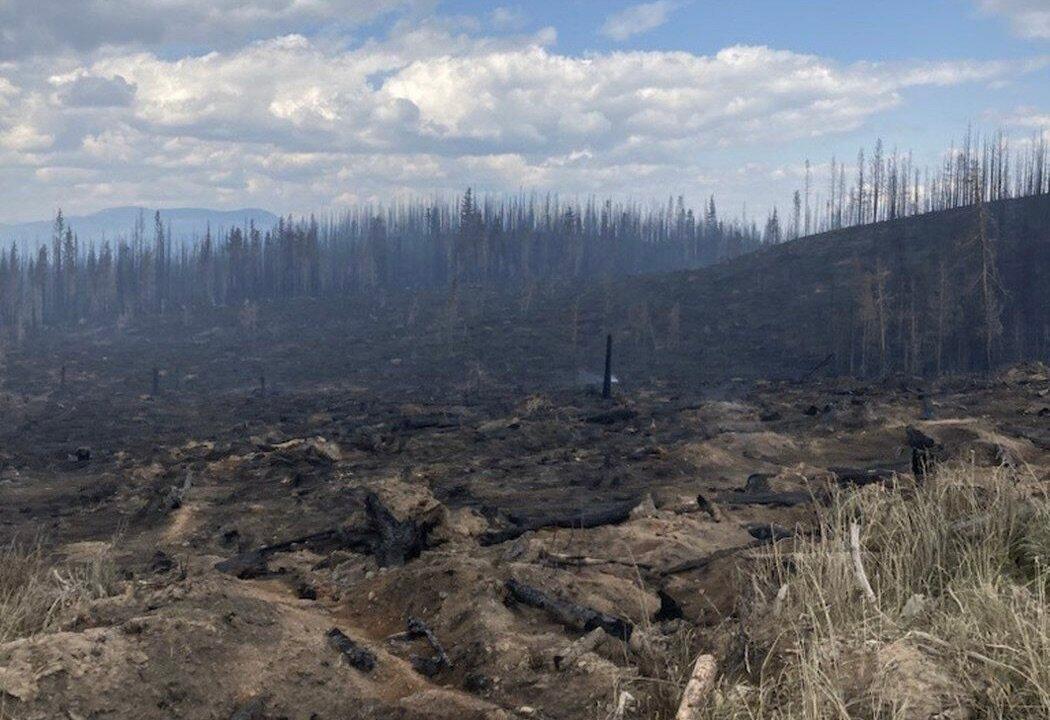In B.C.’s North Shuswap, Corey Cyr has spent days putting out spot fires on his property and those of others as wildfires sweep the region. He has brought resources to those who need them, including fuel for generators to keep water pumping at their homes.
But he’s had to sneak around to do so. He risks arrest for leaving his property, as the evacuation order for the area makes clear that residents who choose to stay must remain on their own property. Roadblocks are enforcing that order.





